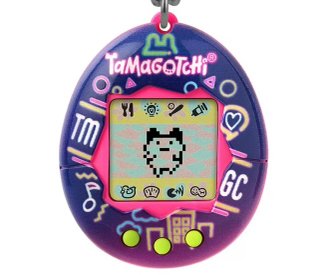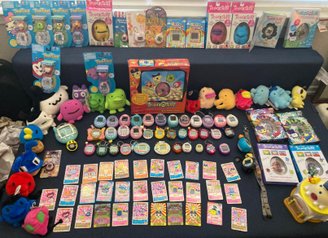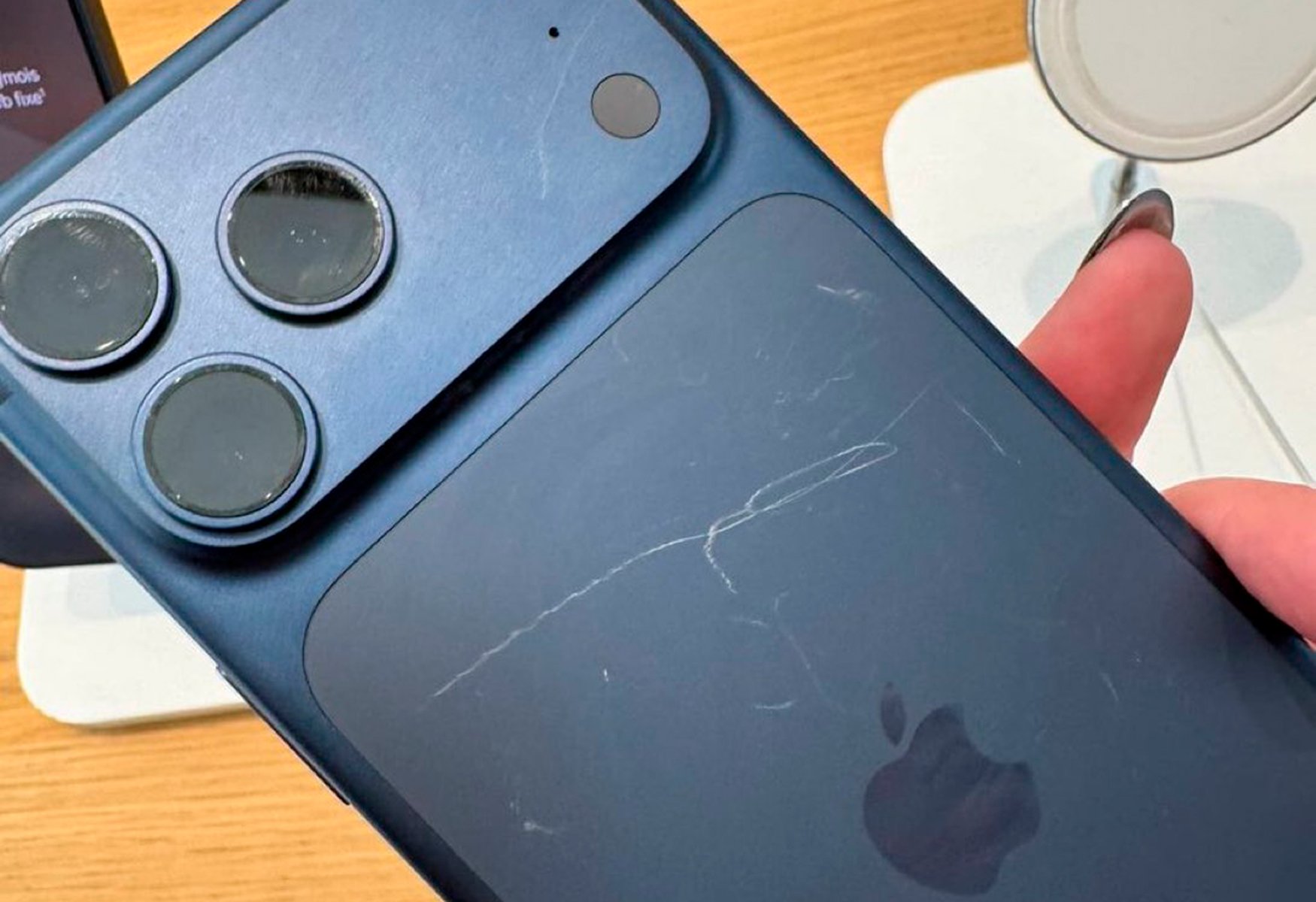Play with it while taking it for a walk, feed it frequently, meet its needs, give medicine when necessary, and watch its growth with attention and curiosity. While this may seem like the routine of a person with a pet, it’s also the daily life of their fans. tamagotchis.
In the name “virtual pets“In Brazil, these keychain-shaped mini games, first launched in Japan, were an absolute success decades ago. In addition to impressive sales, they were addictive enough to worry parents and teachers.
But can such a simple device survive in the age of increasingly powerful smartphones, consoles or PCs? The story of this product is intriguing because it proves that the phrase “less is more” can also apply to a market with advancements such as technology.
Tamagotchi phenomenon
One Tamagotchi one virtual portable toy with single game mode. You follow the growth of a virtual creature from egg to adult, performing daily tasks and bonding with the character.
The original idea comes from Akihiro Yokoi, chairman of the Wiz toy company. He contacted Bandai, the famous Japanese giant in the children’s market, and had the project approved for joint launch.
The name is a mixture of Japanese words tamago (egg) and uotchi (watch) was created when the design of the toy still included a bracelet. This item turned into a keychain and was crucial to its success: kids You can take your virtual pet anywherewithout losing sight of it and responding when necessary.
After reaching the adult stage after a certain period of time, Tamagotchi changes shape into a random animal and dies, either due to lack of care or having reached the end of its programmed existence. In the United States, this has been changed to: “returns to its home planet“, alleviates the feeling of loss. When this happens, reset it to start creating a new pet again.
The device was initially met with skepticism by store owners who had little interest in ordering stock.
With its small monochrome screen, only three physical buttons for navigating menus, and a very simple proposition, it may not appeal to an audience that is just starting to come into contact with the internet and already has a PlayStation at home.

Actually, the launch was an absolute success and Tamagotchi became a global phenomenonespecially among Japanese girls. When it was released in Japan in November 1996, 5 million units sold in less than six months. By the time the following year arrived in the United States, store inventory could not meet public demand.
Evolve (somewhat) to survive
Tamagotchi’s greatest feature was that it created a feeling of connection. Beeping and requesting maintenance throughout the day virtual pet establishes a relationship of responsibility with the userperson who attaches to the character.
This can turn into addiction and dependency: parents were worried about the feeling of grief when an animal completes its cycle and moves to another plane. Besides, Teachers were disturbed by the use of devices in the classroombecause frequent maintenance was an unbreakable rule in the mini-game.

Wiz and Bandai over the years went on to release the next generation Tamagotchialways respecting the portable format and simple menus.
Some of the most notable developments include: ConnectionFrom 2004 it had infrared communication capability. It was possible with him help friends, exchange gifts and even make friends with other pets virtual compatible. It was another sales success, keeping the line alive for a new audience.
In 2013, it gained a completely digital version with an Android application. Three years later, on the toy’s 20th anniversary, the “Original Tamagotchi” was re-released with a modern exterior but the same operating format on the inside. It has also become a phenomenon.
One of the latest launches is the Uni, a Tamagotchi with integrated Wi-Fi due in 2023. Over these generations, toys have been given new functions, more complex features, and even more personality. But the essence of its operation remained as simple as possible.
Does Tamagotchi still exist?
Although it does not have as much popularity today as it did at its peak in the late 1990s, Tamagotchi survives in various forms.
According to official data, approximately 91 million Tamagotchis were sold worldwide from 1996 to the beginning of last year. Today, Bandai Namco does not disclose exact figures, but says this: Sales doubled between 2022 and 2023.
Launches of new models continue, but The thing that holds society together the most is nostalgia. Communities on forums and social networks bring together people of all ages who collect Tamagotchis from different generations and colors and share the collection with their peers.

Just like the return of dormant franchises, sequels and relaunches of other products from previous decades, Tamagotchi draws on the good memories it leaves to survive and be loved even in an age marked by ever more complex and advanced electronics.
Source: Tec Mundo
I am a passionate and hardworking journalist with an eye for detail. I specialize in the field of news reporting, and have been writing for Gadget Onus, a renowned online news site, since 2019. As the author of their Hot News section, I’m proud to be at the forefront of today’s headlines and current affairs.












